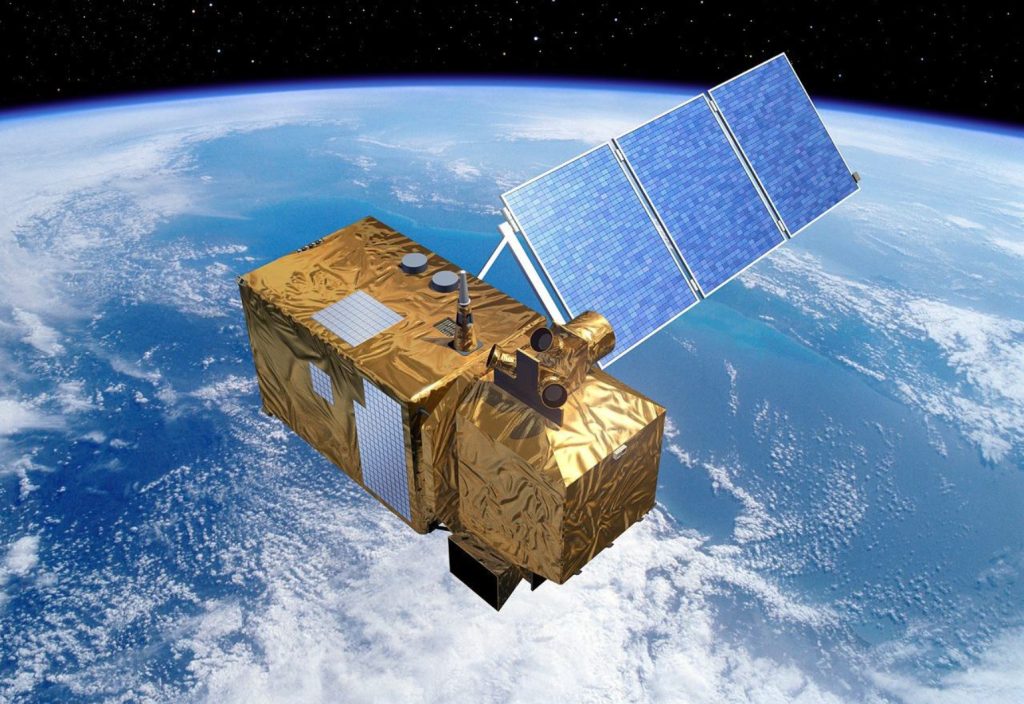A recently launched ground-to-space water quality monitoring system is set to provide near real-time updates and predictive forecasting.
The days of manual water quality testing – going to the water, getting a sample, taking it back to the lab and waiting for the analysis – could be numbered, thanks to CSIRO’s AquaWatch project.
The National Science Agency describes its recently launched project as a world first ground-to-space water quality monitoring system for Australia and the rest of the world which will provide near real-time updates and predictive forecasting.
Basically, it will be a weather service for water quality.
CSIRO AquaWatch Mission Lead Dr Nagur Cherukuru says it’s currently impossible to effectively monitor the thousands of kilometres of waterways across Australia manually.
“Traditional methods are very expensive for people to go and collect the water, bring it back to labs and the computer. And by the time they understand what is happening and what the trigger mechanism could be, an event could already be underway.
“AquaWatch is bringing technology to help with the situation. We are bringing, more or less, labs to the water.”
Collating real-time data from multiple sources
Dr Cherukuru said the project will use internet-to-satellite based communication to rapidly connect a chain of sensors floating in the water and present information in one easily accessible form.
It means that events such as the recent Menindee mass fish kill in western NSW might be able to be predicted and even avoided. Millions of fish died when high concentrations of organic material, brought in by January floods, decayed and caused lower dissolved oxygen levels.
Potentially, the combination of water sensors and satellite observations will be able to give advance warning of such changes in water quality.
“The earth observation satellites can see what is happening, for example, in the colour of the water, they can say how much sediment is there, or whether chlorophyll, which is an indicator of biological growth, is occurring heavily at one point. So they work together: you get the tip off from the satellite and then go to the data that’s coming out of the sensor in the water,” Dr Cherukuru explained.
“This integration of technology and science is leading us towards where it will be the satellites observing, the in-situ sensor network providing more pinpointed information, then ecosystem models bringing them together.
“An additional layer is machine learning. We are going to provide all these things to machines to understand what human beings don’t see.”
Dr Cherukuru says the plan is to work with ecologists to work out where the trigger points are in waterways so that the sensors could be positioned at critical locations to provide information that can drive the models and be integrated with satellite data.
“Historically, our satellites had something like three or four channels – blue colour, green colour, red colour etc., but now we are making satellites to look across the spectrum of light which is hyperspectral. So now we will end up with 260 bands or something like that. That allows us to look at how much carbon is coming, what type of carbon it is, or what type of phytoplankton,” Dr Cherukuru says.
Pilot projects underway
Dr Cherukuru said there was a lot of on the job learning to come, given the project only launched in late March 2023.
“The initial testing challenges will be to bring a variety of sensors, and to bring the industry to produce the type of sensors that complement and talk to each other, and work with the cloud computing infrastructure. We will resolve these step by step.
“Independently, we have good knowledge of each of these data processing chains. But now the challenge is to bring different data processing chains into one single, large connection.”
Dr Cherukuru estimates AquaWatch will be available to the public in five-to-10 years, and it’s not just for river systems. Pilot projects include tracking sediment coming out of the Fitzroy River into Keppel Bay in Queensland, watching how adjacent water bodies respond to coastal infrastructure developments in Cockburn Sound near Perth, and working out how water temperature phytoplankton growth changes can help the aquaculture industry in the Spencer Gulf in SA.
He was keen to emphasise that AquaWatch isn’t operating alone.
“We are collaborating with international partners with the satellite agencies in different countries like the European Space Agency and NASA. We are collecting data from all these satellites to look at Australia, and Australia itself is in its initial stages of launching its own space program for observations. So we’ll be collaborating in that space too. We will be using both international satellite data as well as contributing to the international community.”
CSIRO, with foundation partner SmartSat CRC, is bringing together research, government, and industry with an initial co-investment of $83 million to design and develop AquaWatch.
Additional pilots established overseas will demonstrate how AquaWatch can be used to monitor water quality for drinking, sanitation, species conservation, hydroelectricity and carbon sequestration in mangrove forests.
“Overseas, in places where people still face the risk of unsafe water for basic needs like drinking and sanitation, such a service could be a game-changer,” CSIRO Chief Executive, Larry Marshall says.
